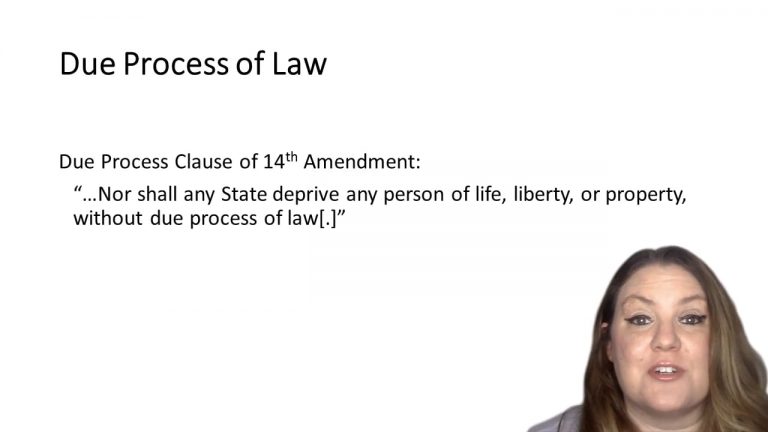SmartBrief
Confirm favorite deletion?
Criminal Procedure Keyed to Miller
State v. Denise Frei
Citation:
831 N.W.2d 70 (Iowa 2013)Facts
Frei (defendant) was on trial for the first-degree murder of her longtime boyfriend. An expert witness for the defense testified that Frei suffered from depression, posttraumatic stress disorder, battered women’s syndrome, and possibly an anxiety disorder. The State offered expert testimony that Frei did not suffer from any psychiatric disorder and evidence that Frei had planned the killing to make her boyfriend’s death look like an accident. The district court gave the jury the following instruction on reasonable doubt:
If, after a full and fair consideration of all the evidence, you are firmly convinced of the defendant’s guilt, then you have no reasonable doubt and you should find the defendant guilty. But if, after a full and fair consideration of all the evidence or lack of evidence produced by the State, you are not firmed convicned of the defendant’s guilt, then you have a reasonable doubt and you should find the defendant not guilty.
Frei argued that the instruction allowed the jury to convict her based on proof insufficient to meet the standard set in In re Winship, 397 U.S. 358 (1970). In that case, the U.S. Supreme Court held that the Due Process Clause protects defendants against conviction except upon proof beyond a reasonable doubt of every fact necessary to constitute the crime with which they are charged.
Only StudyBuddy Pro offers the complete Case Brief Anatomy*
Access the most important case brief elements for optimal case understanding.
*Case Brief Anatomy includes: Brief Prologue, Complete Case Brief, Brief Epilogue
- The Brief Prologue provides necessary case brief introductory information and includes:
Topic:
Identifies the topic of law and where this case fits within your course outline.Parties:
Identifies the cast of characters involved in the case.Procedural Posture & History:
Shares the case history with how lower courts have ruled on the matter.Case Key Terms, Acts, Doctrines, etc.:
A case specific Legal Term Dictionary.Case Doctrines, Acts, Statutes, Amendments and Treatises:
Identifies and Defines Legal Authority used in this case.
- The Case Brief is the complete case summarized and authored in the traditional Law School I.R.A.C. format. The Pro case brief includes:
Brief Facts:
A Synopsis of the Facts of the case.Rule of Law:
Identifies the Legal Principle the Court used in deciding the case.Facts:
What are the factual circumstances that gave rise to the civil or criminal case? What is the relationship of the Parties that are involved in the case.Issue(s):
Lists the Questions of Law that are raised by the Facts of the case.Holding:
Shares the Court's answer to the legal questions raised in the issue.Concurring / Dissenting Opinions:
Includes valuable concurring or dissenting opinions and their key points.Reasoning and Analysis:
Identifies the chain of argument(s) which led the judges to rule as they did.
- The Brief Prologue closes the case brief with important forward-looking discussion and includes:
Policy:
Identifies the Policy if any that has been established by the case.Court Direction:
Shares where the Court went from here for this case.

 2m 6s
2m 6s